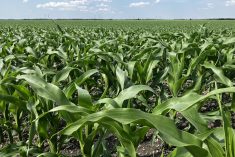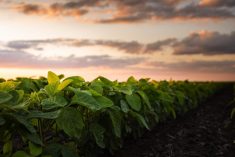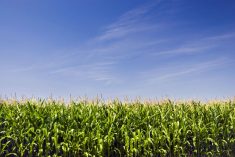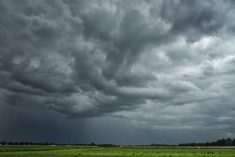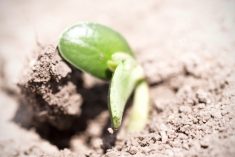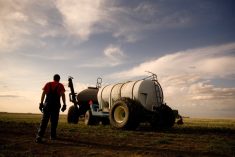Ontario’s corn crop yielded better than expected, at 184 bushels per acre average, while soybeans were closer to their 10-year average at 44 bushels per acre, according to Agricorp.
Why it matters: The provincial crop insurance agency has some of the most solid crop production numbers in Ontario, as its members have to report their actual yields. About 75 per cent of grains and oilseeds farmers in Ontario have crop insurance. The results show how resilient corn genetics, especially, have become despite challenging weather years like 2017.
Read Also
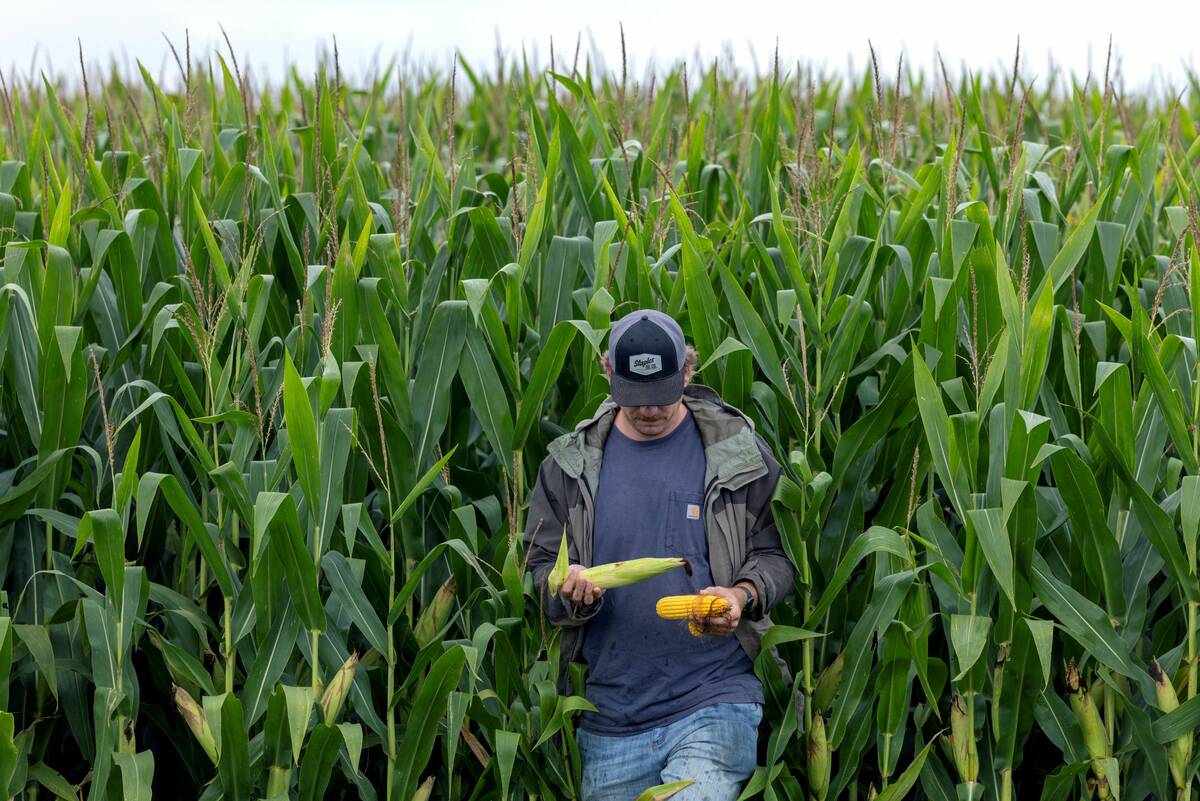
The U.S. corn crop could be the biggest ever. That’s terrible news for America’s farmers.
The USDA predicts a record corn crop for U.S. farmers, who question the agency’s accuracy amidst high debt and low crop prices.
Crop supply companies in southern Ontario at the Chatham-Kent Farm Show said the average is about right, with some regional variation.
Here’s what they said:
On soybeans:
- Soybeans were “all over the map,” said Bob Thirlwall, a technical agronomist with DeKalb who covers the London to Windsor area. “I’ve never seen a year where the yields swung so wildly, from 20 bushels per acre to 70 bushels, depending on where you were.”
- Most of the soybeans were challenged in the far southwest of the province, said Scott Vandehogen, seed specialist with AGRIS and Wanstead Co-ops, but there were some small pockets of better yields.
- The fortunes of soybeans took a turn in August, depending on where you were, said Stephen Denys, director of business management with Maizex. In the south of the province, it was dry for much of the summer, but timely rains arrived during pod fill to create some areas with good yields. Other rainier areas further north had good plant growth, but they were dry in August which made it a challenge for pod development, and a good growth environment for white mold. Maizex had soybean yield pegged at 45 bushels per acre, close to the Agricorp number.
- During pod counts in August and September, Thirlwall said, they’d see top pods that looked like they’d have three soybeans, but only had two. “The potential was there, but they just dried up.”
On corn:
- There was concern about the corn crop in August, Denys said. It wasn’t developing quickly enough due to a lack of heat and some wondered if it would reach black layer. Maizex factored in potential low test weight and came up with a 164-165 bu./ac. estimate. Take out the low test weight factor and the estimate would be 176. Hot weather in September helped pull the crop to the 184 bu./ac. number.
- There were still some pockets of lower test weight corn in areas that had large rainfalls and mostly cool weather.
- “We were really surprised when we got in there with the combine and saw some of these 200-bushel yields in areas that really got hit hard by the drought,” Thirlwall said. “I think part of what we saw was in July during pollination, it was a little cooler than we usually experienced in July.” Corn kernel counts were good, but the expectation was kernel size would be small. The hot, open fall enabled the corn to reach maturity with good yield.
- Vandehogen said corn has continually shown itself to be the strongest improver in crop yield, at two to three bushels more per year, compared to an improvement in soybean yield of 0.4 per cent per year. “With the new trait packages, it holds the yield.”
— John Greig is a field editor for Glacier FarmMedia based at Ailsa Craig, Ont. Follow him at @jgreig on Twitter.





